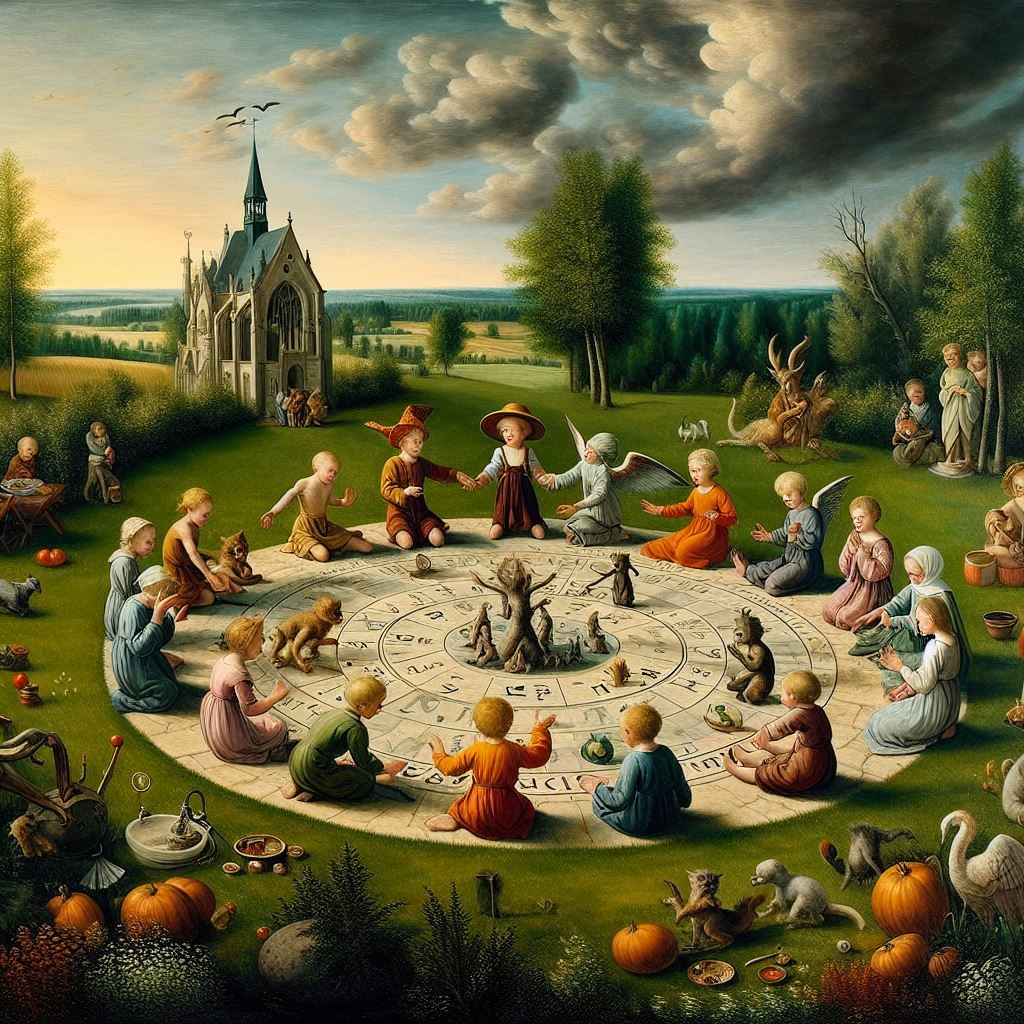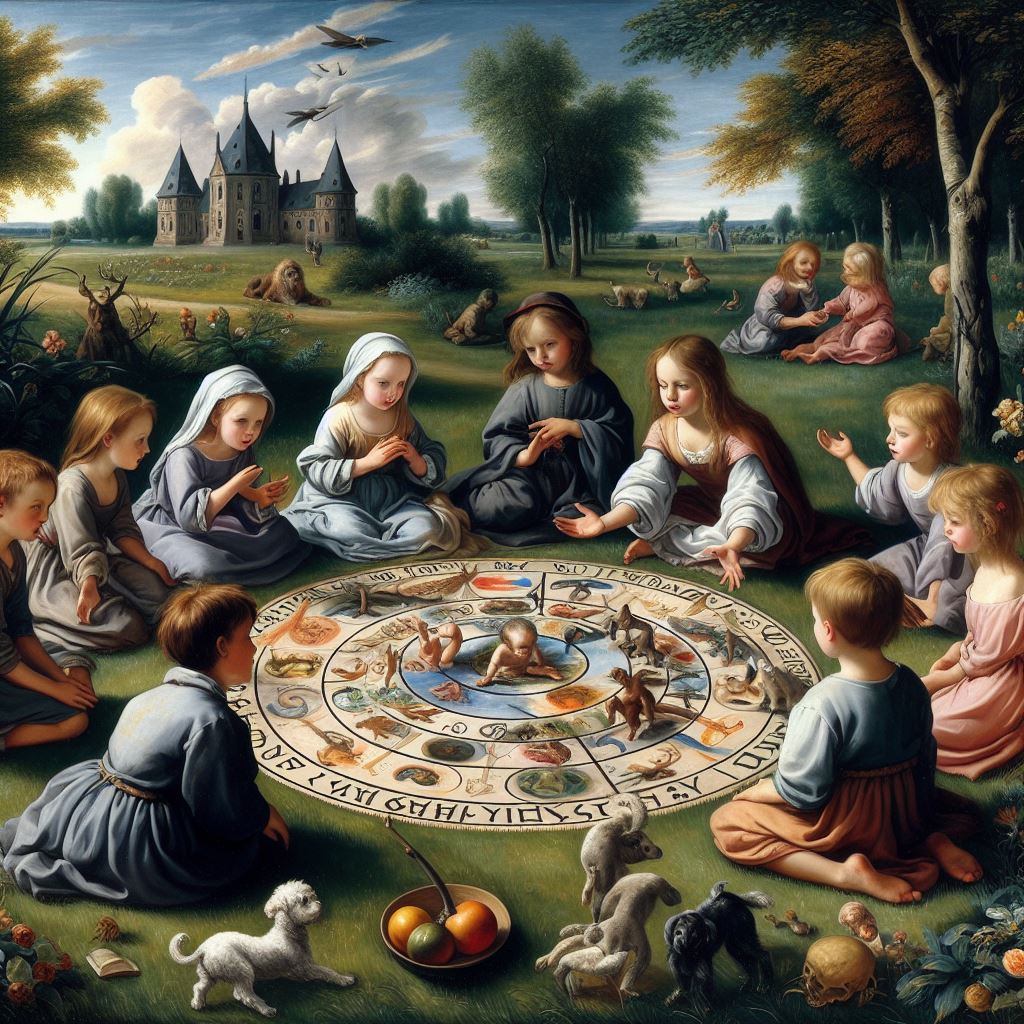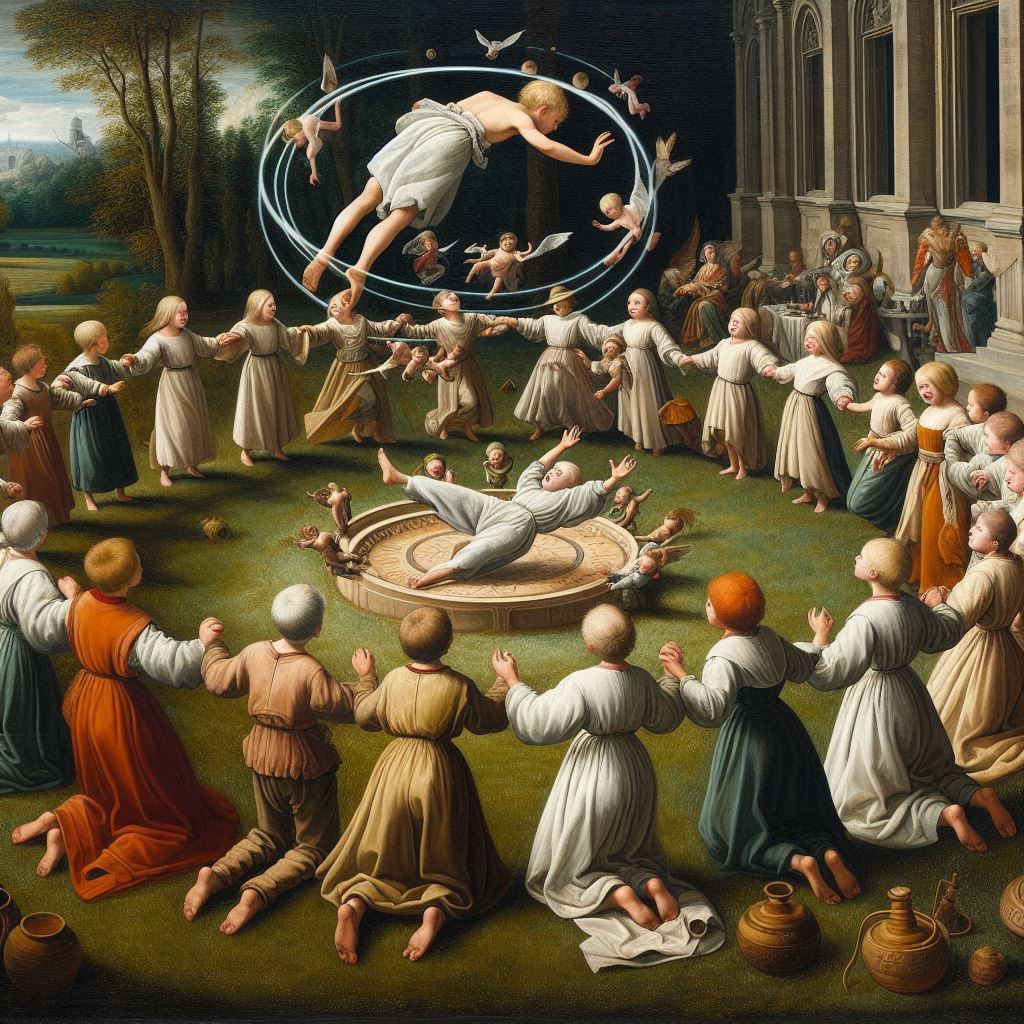Throughout antiquity, mankind has perpetuated fables of mystery and intrigue. Recurring themes play on our primal fears of mysterious behemoths of the deep, mythical creatures of the wood, or dark angels falling from the heavens. The most frightening, and perhaps most mysterious mythical creature, is that of a human being with ill intent. One who brings nothing more than the wrath that he already possesses. When studied through the eyes of others, we stumble upon a frightening discovery about our own kind.

In the quaint 16th century Dutch village of Eidergaard, a community nestled within the misty lowlands of the Netherlands, tales emerged of a group of children that at one time held their entire village captive while working out vengeful acts, real and imagined, between the villagers and their families. With unbridled hold over the villagers, The Magische Kinderen meted this force with the fury that only vengeful, petulance of a child might be capable of.
Fair weather permitting, the last Saturday of the lunar calendar month, the villagers would wait and watch, in both awe and fear, as the Magische gathered in a circle in the center of town to engage in a realistic game of conquer and vengeance. Some would be drawn in to the gameplay, but no one breathed, none be daring to be noticed, as they waited in complete fear. Who is next?

The Magische devised a board game, it would seem, a game that had real consequences over the lives of mortal men, women, and children. With their eyes glazed over, they became instantly captivated by the power that they conjured. As they were hunched over completely enthralled, a closer look over the shoulder reveals the dowsing rods that quiver in the presence of hidden energies and a large round board adorned with enigmatic chits, chips, pawns, and three-dimensional human-like figurines, the game became both a conduit and magnifying lens for their will. The rules, which were made up on the fly, were always the contentious point that caused the Magische to take control over the real lives of the villagers.

In their game, the village square is reduced to the size of a large blanket in which the villagers, busy about their daily activities, would in turn become spellbound and compliant to the whim of the controlling child. Children would act out, pitting other village children against made up rivals. Parents against parents, beggars against church elders, there was no end to the folly of the real world of adults through the eyes of children, some not yet old enough to understand the pain, anguish and death that they cause.
© 2024 Jay Schankman

